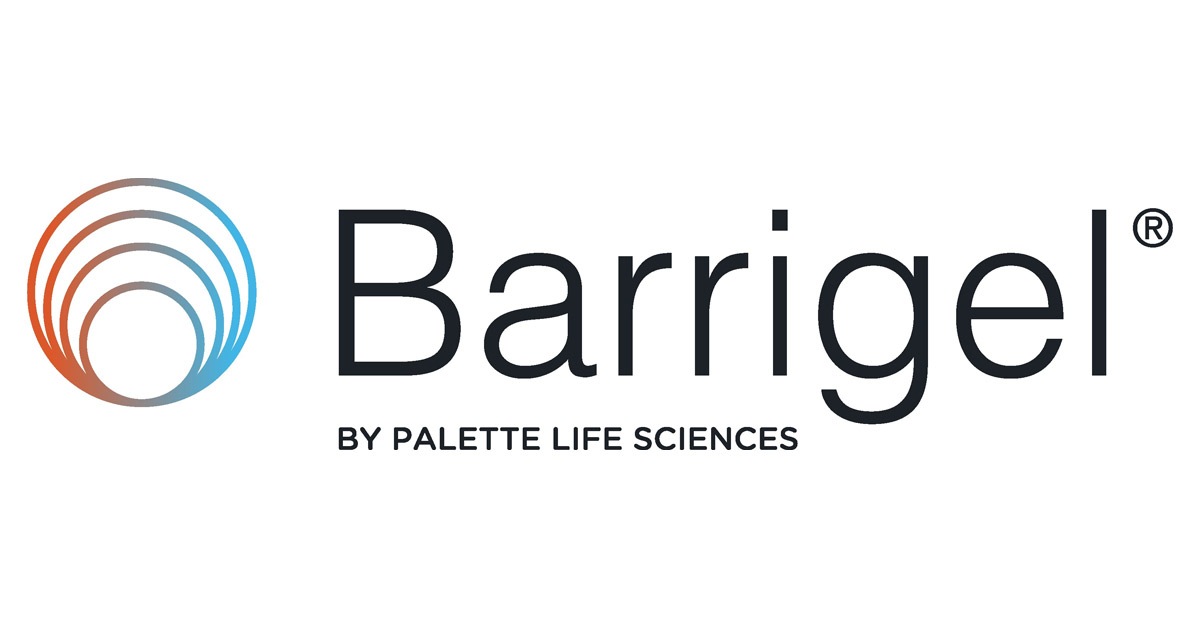Challenges in Prostate Cancer treatment
- Most common treatments are Robotic Surgery and Radiotherapy.
- Those aggressive treatments are frequently associated with adverse side-effects, such as Erectile Dysfunction and Urinary Incontinence.
What is Focal or Localized Therapy?
- Focal Therapy or Ablation is a less aggressive treatment option, where only areas within the Prostate having cancer cells are treated.
- The main goal of Focal Therapy is eradicating tumors within the Prostate and avoiding damage to sensitive surrounding tissues, thus preserving patients quality of life.
- Focal Therapy can be a good option to younger patients, patients with less aggressive types of cancer and to those unable or unwilling to undergo surgery.
What is TSPA?
TSPA – Tissue Sparing Prostate Ablation
- TSPA’s Encage device generates a Faraday Cage effect, preventing damage to surrounding tissues.
- Encage’s effectiveness has been demonstrated in clinical studies done in prestigious institutions, such as New York University (NYU), University College London (UCL), Moffitt Cancer Center and Long Island Jewish (LIJ).
- TSPA has been developed over more than 12 years in a $ 15 Million program.
- TSPA is available in the US on a Concierge basis in a limited number of centers.
How the technology works
- Encage RF bipolar device has an inner electrode and an external coiled electrode.
- The heat effect starts in the inner electrode and propagates towards the external coil, until the tissue within the limits of the cage is totally destroyed.
- The outer coil generates a Faraday Cage effect preventing destruction to spread beyond the limits of the cage.
TSPA’s main advantages
- TSPA is a short outpatient procedure. No incisions and no hospital stay.
- Clinical studies demonstrated excellent cancer control and virtually no adverse side-effects.
- Recovery is fast and patients can retrieve normal life in a few days. No need to keep a catheter after the procedure in most cases.











